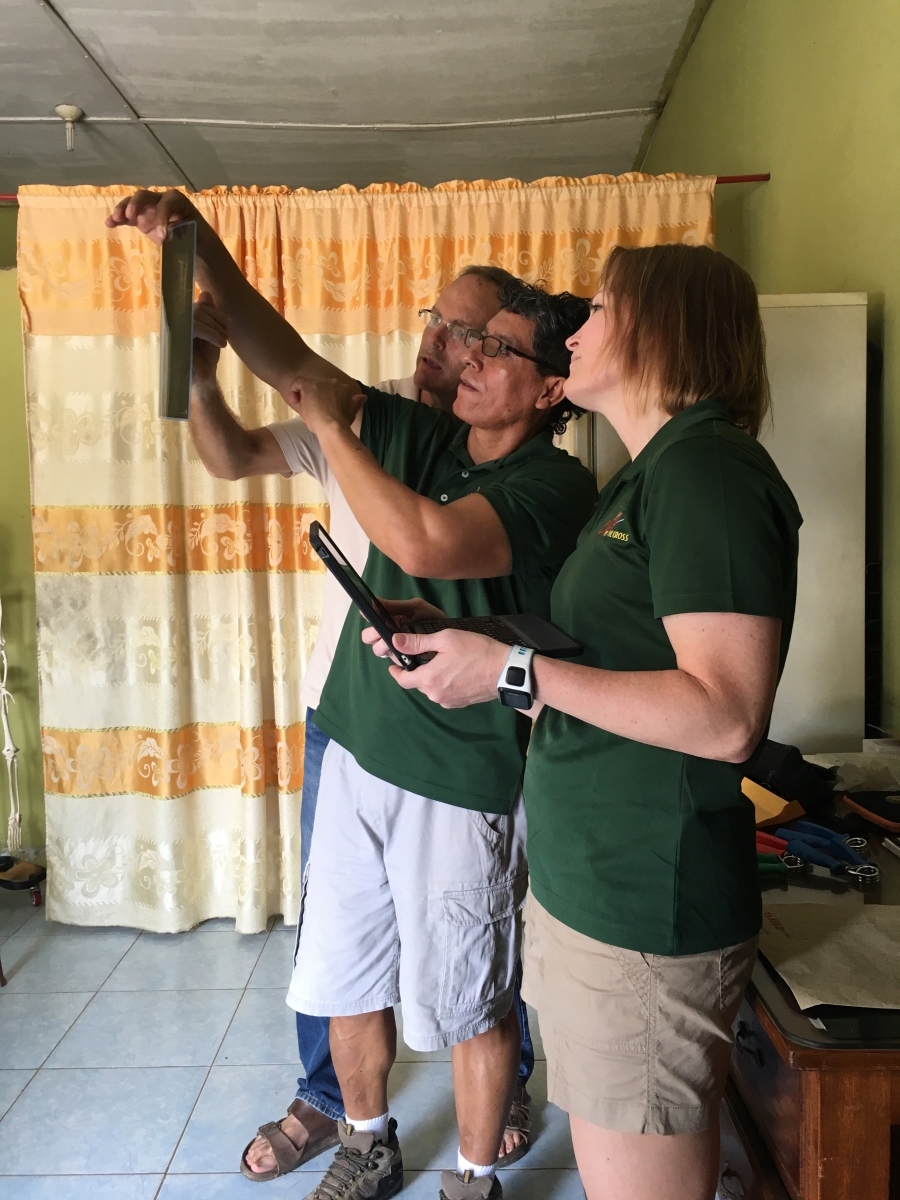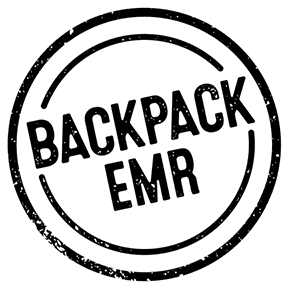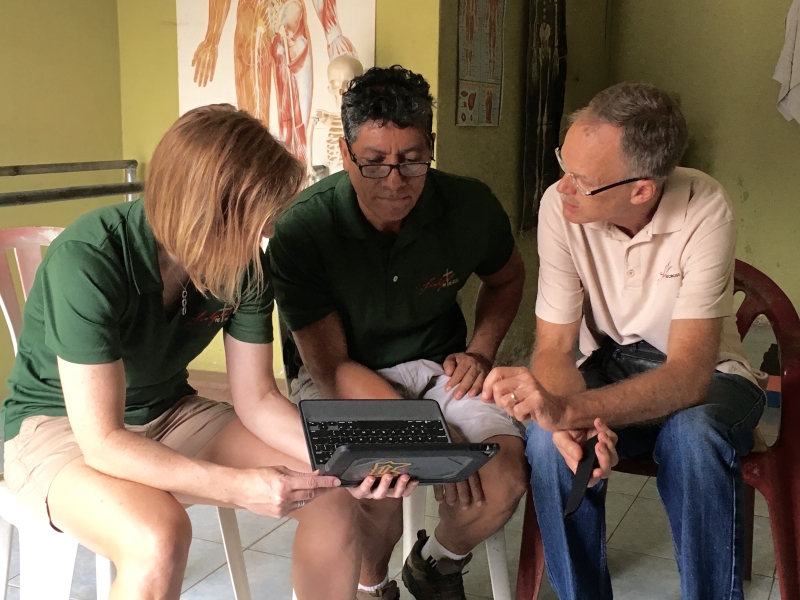Orthopedic Mission Partner
Pucallpa, Peru – Software is only as good as the original processes we replicate and replace. So in automating patient tracking for medical missions, we look to partner with organizations who have adopted best practices, like Scalpel At The Cross (SATC).
SATC has ensured the best patient care possible during their orthopedic surgical missions by hiring a local physician, and now a local physical therapist, to continue post-surgical care after the medical teams head back to the States.
We’ve included follow-up forms in BackpackEMR to better aid these post-surgical exams, fine-tune outcome metrics, and enable communication with US surgeons. And how do you ensure your design fits the bill? You need to test it out in the field ASAP!
When “The Field” Means The Amazon Jungle
Peggy Gasior, Executive Director at SATC, was already planning an administrative trip to Pucallpa, Peru in May – which was perfect timing for us to validate our new follow-up screen functionality. So Peggy and I traveled to the Amazon jungle – without a full medical team in tow. This meant we wouldn’t have the pressures of facilitating a full clinic and surgeries, and could focus on a few key pieces of functionality tied to post-surgical follow-ups and our multilingual capabilities.
To put our updates to the test, SATC’s in-country follow-up physical therapist, Isaac Mendoza Ruiz, had scheduled follow-up visits with 4 patients, who all came to his office in Pucallpa.
Software Design Best Practices
In focusing to replicate best practices in medical missions, we also apply proven techniques in software development. We initially designed our post-surgical screens after observing the process during previous SATC campaigns, and made some updates after several rounds of feedback. On this trip, we planned to fully test the new designs, and then refine and improve the application.
Software design best practices require hands-on research and a willingness to truly listen to the people using your solution. My design principles start with first just observing, so that I can see in-person exactly what the existing process is and how it is performed un-aided. Next, I like to ask questions or partially mimic a proposed solution during another round of the process. And lastly, I like to walk through the proposed solution, and put it in the hands of the direct user to get real feedback.
Putting BackpackEMR to the Test
In following my methodology, Isaac performed his exams as usual so that we could observe his normal routine without using the software at all. I then started to add information from the exam into BackpackEMR as Isaac continued his normal routine, noting when I had to hop around or wasn’t able to enter what I needed. And, near the end, we walked through the current design “as is” to get Isaac’s initial feedback.
SUCCESS #1 – The new follow-up screen design was a close match to Isaac’s routine, with only minor adjustments needed.
We did find a few fields that simply needed some more work. This was exactly what we were looking for. I was hoping to find those fields that were just a bit awkward in the field, but impossible to know the awkwardness without seeing it in person.

One Language is NOT Enough
Our final test would be to get Isaac’s input while using BackpackEMR himself, without translation from English to Spanish. During past campaigns, I saw that medical teams have diverse languages represented. So we internationalized BackpackEMR so that changing the iPad’s language would update the language in BackpackEMR.
At the end of the day, I shot a request to our developer extraordinaire in the States to enable BackpackEMR for Spanish. In about an hour, it was ready.
SUCCESS #2: Enabling a new language was quick and easy. (Yes, by design, but it’s great to see it in practice!) It’s great to know that BackpackEMR is ready for any language that Apple can throw at us.
On Day 2, Isaac was able to evaluate the new workflow, assess the fields and understand the context on the screens. We received invaluable feedback on how to improve the efficiencies of data entry, better facilitate communication with surgeons, and improve the metrics for patient outcomes.
BackpackEMR’s fine-tuning test for post-surgical follow-ups was a success! SATC’s follow-up structure provides a great model for other short-term medical mission (STMM) teams, and we’re hoping to enable a smooth transition to tracking patient outcomes with BackpackEMR.
Watch for our next SATC update when we import their existing patients from the prototype into BackpackEMR, and run a full clinic and surgical mission with SATC in August. Stay tuned…!


